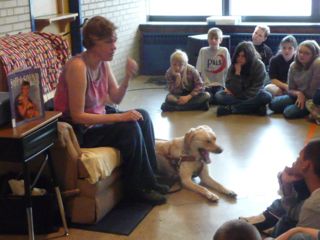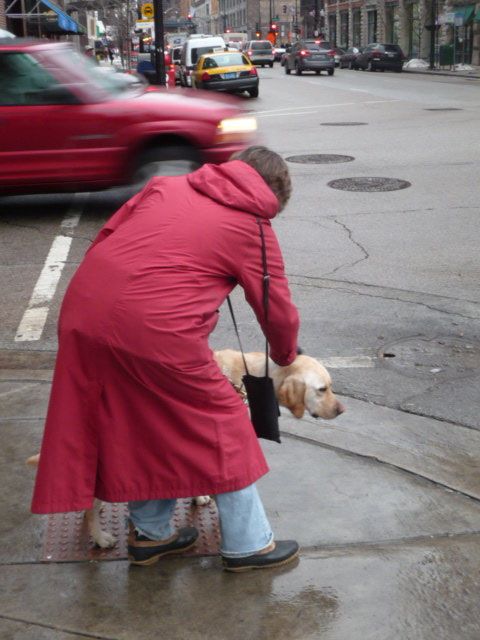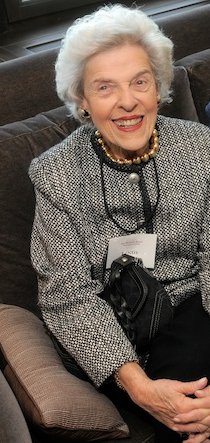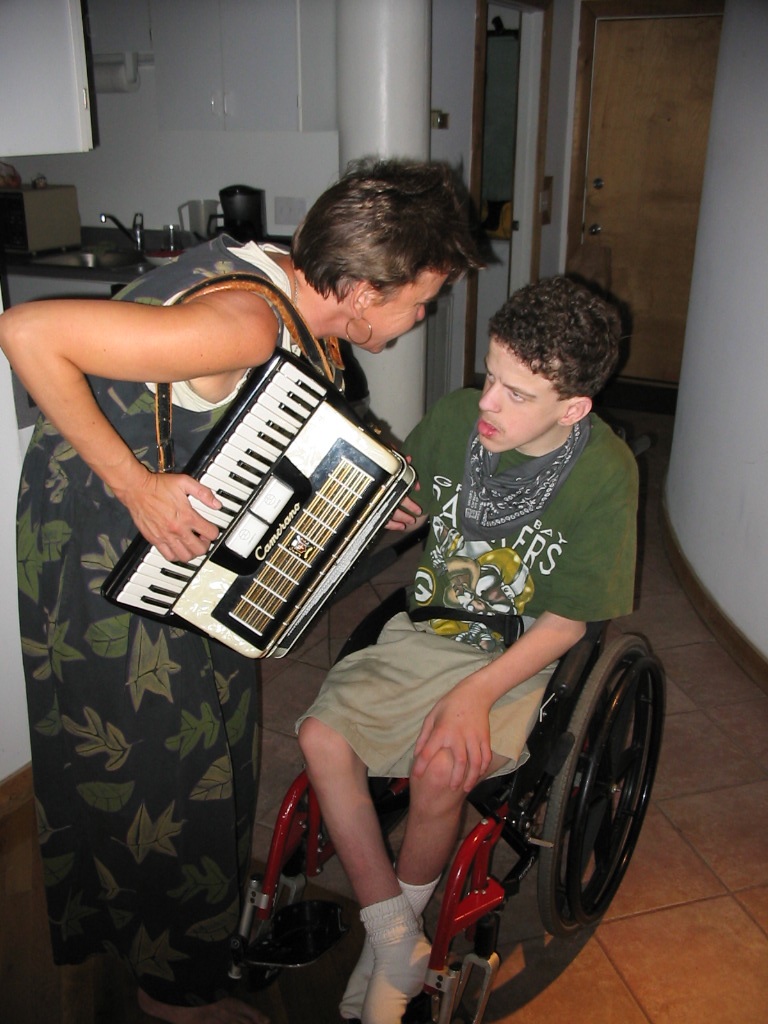Safe & Sound at the Pfister Hotel
May 27, 2011 • 24 Comments • Posted in Beth Finke, blindness, Blogroll, book tour, travel, Uncategorized, visiting schoolsI love the Pfister Hotel in Milwaukee. So does Harper. He and I stayed at the Pfister last month when we visited General Mitchell Elementary School in West Allis, and we were there again this week for our visit to Wilson Elementary School. They know us at the Pfister, and our appreciation for the place has become legendary: this week the Pfister Hotel blog published a post called Safe and Sound in our honor. Here’s an excerpt:
Beth talks a mile a minute, with vivacious enthusiasm. She spritely tells me about the reason for her 3-day visit: several speaking engagements, including an entire day at a school just outside Milwaukee. Beth and her seeing eye dog Harper travel to schools to visit with kids and talk about what it’s like being blind.
You know, I was a little perky during my conversation with Stacie Williams, the woman who writes the Pfister Hotel blog. I was pretty excited about being interviewed by someone from my beloved Pfister Hotel, and hey, I’d downed more than my share of coffee to keep up with the students at Wilson Elementary School that day. The kids had asked lots of great questions, and I shared one of the more thoughtful ones with Stacie. “Do you ever forget you’re blind, and then you can see?” I told the little girl yes. “When I go to sleep, I forget I’m blind. I dream in color.” Stacie was appreciative, and she used that little story in her blog post.
Mostly, though, we talked about the Pfister. My Hotel stays are Walter Mitty experiences for me. “Hello, Ms. Finke.” “Welcome back, Ms. Finke.” “May I take your bag, Ms. Finke?” The front desk has keycards waiting for me with one corner clipped off — that way I know which end to put in the key slot. The doorman who walks Harper and me to our room always reminds me how the keypad on the phone works so I’ll know how to call the front desk in an emergency. He sets the radio station to public radio, makes sure the alarm clock is turned off and helps me set up the hotel toiletries. The front desk always arms me with rubber bands to wrap around similarly-shaped bottles to differentiate them from each other — I washed my hair with lotion once, and trust me, you don’t want to do that twice. Once my room is set up, I have Harper lead me down to the lobby. The Pfister Hotel blog quotes me complimenting their piano players:
Last night I went downstairs and had a Lakefront IPA — it’s nice to have local beer on tap — while I listened to Dr. Hollander, who was taking requests. I also love Perry. And, I book my train home after 1 p.m. so I can catch them playing for the lunch hour. They’re just wonderful.”
I’m writing this blog post from my seat on the train ride back to Chicago, matter of fact. Harper is sound asleep at my feet, and I’m considering leaning my seat back to take a
quick nap myself. All day and evening at an elementary school followed by a nightcap at the magical Pfister Hotel piano bar can leave a woman, well…dog tired!




